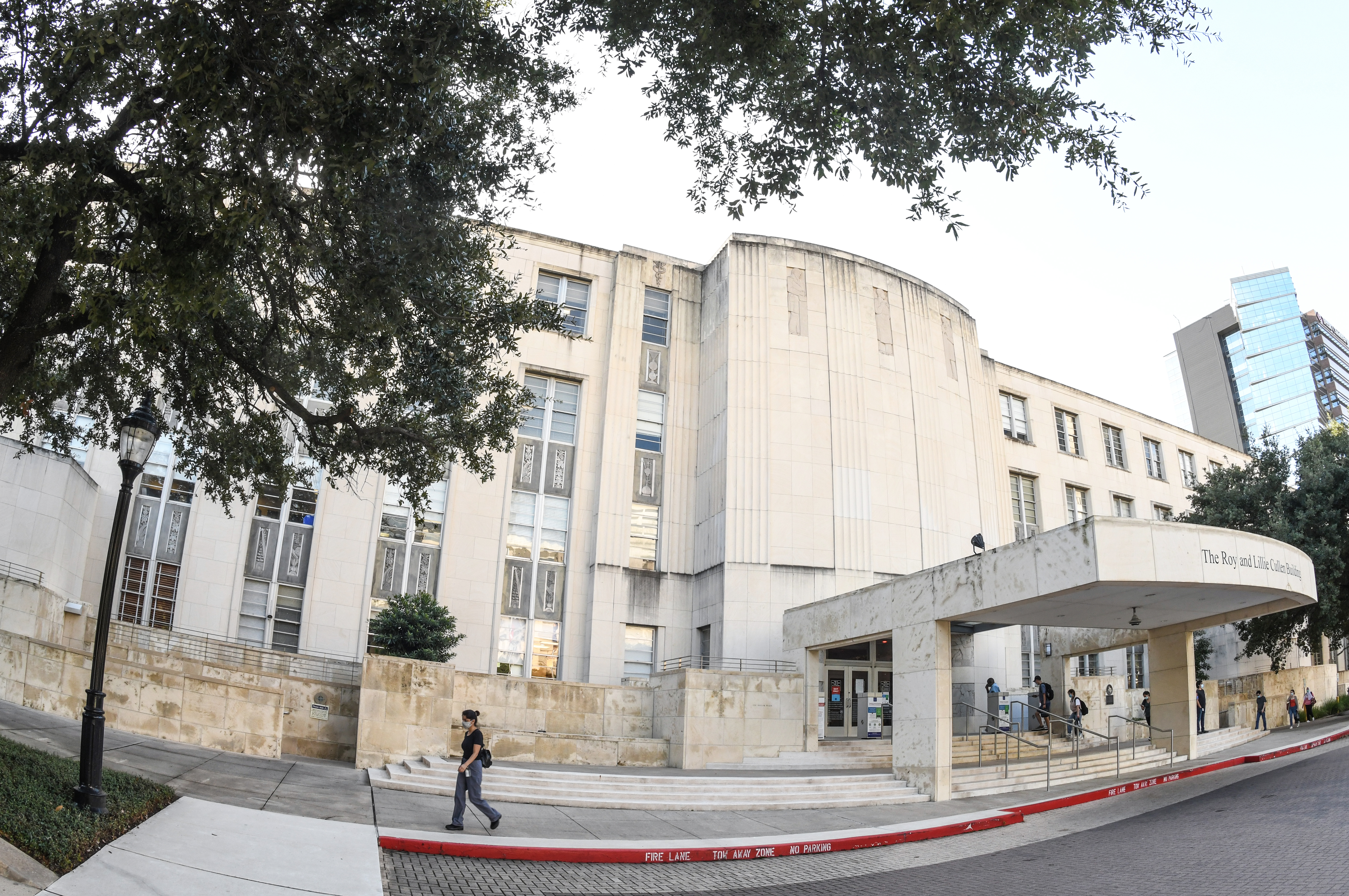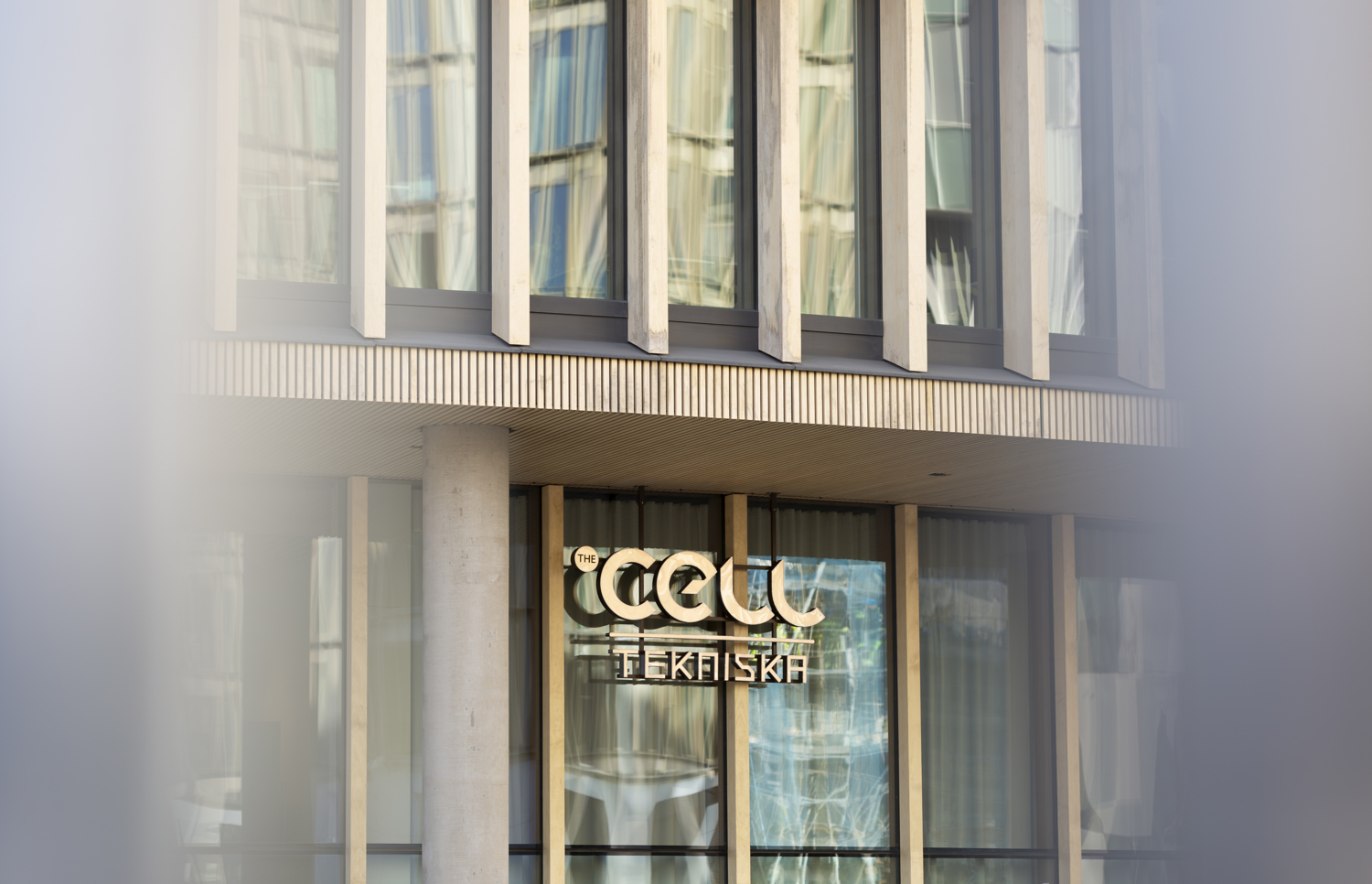Australia registered a total of 294,369 births in 2020 resulting in a total fertility rate (TFR) of 1.58 babies per woman according to the latest figures released from the Australian Bureau of Statistics (ABS).
ABS Director of Demography, Beidar Cho said: “The record low total fertility rate can be attributed to fewer births and birth registrations in most jurisdictions in a year marked by COVID-19 disruptions.”
The Northern Territory recorded the highest TFR (1.86 babies per woman) closely followed by Tasmania (1.77 babies per woman) and Western Australia (1.70 babies per woman), while Victoria recorded the lowest rate (1.43 babies per woman).
“In 2020, the total fertility rate for Aboriginal and Torres Strait Islander mothers was 2.25 babies per woman. There were 22,016 births registered (7 per cent of all births) where at least one parent was an Aboriginal and Torres Strait Islander Australian,” Ms Cho said.
In the past 30 years, the TFR has slowly declined from 1.9 in 1990. This decline was most prominent among women aged 15 to 19 years where the fertility rate decreased by nearly two-thirds (to 7.8 per 1,000 women). The fertility rate of women aged 20 to 24 years also saw a large decline.
In contrast, the fertility rate of women aged 40 to 44 years almost tripled (to 15.2 per 1,000 women), while women aged 30 to 34 years continue to have the highest fertility rate (110 babies per 1,000 women), followed by women aged 25 to 29 years (79.7 babies per 1,000 women).
“The long-term decline in fertility of younger mums as well as the continued increase in fertility of older mums reflects a shift towards later childbearing. Together, this has resulted in a rise in median age of mothers (31.6 years) and a fall in Australia’s total fertility rate,” Ms Cho said.








